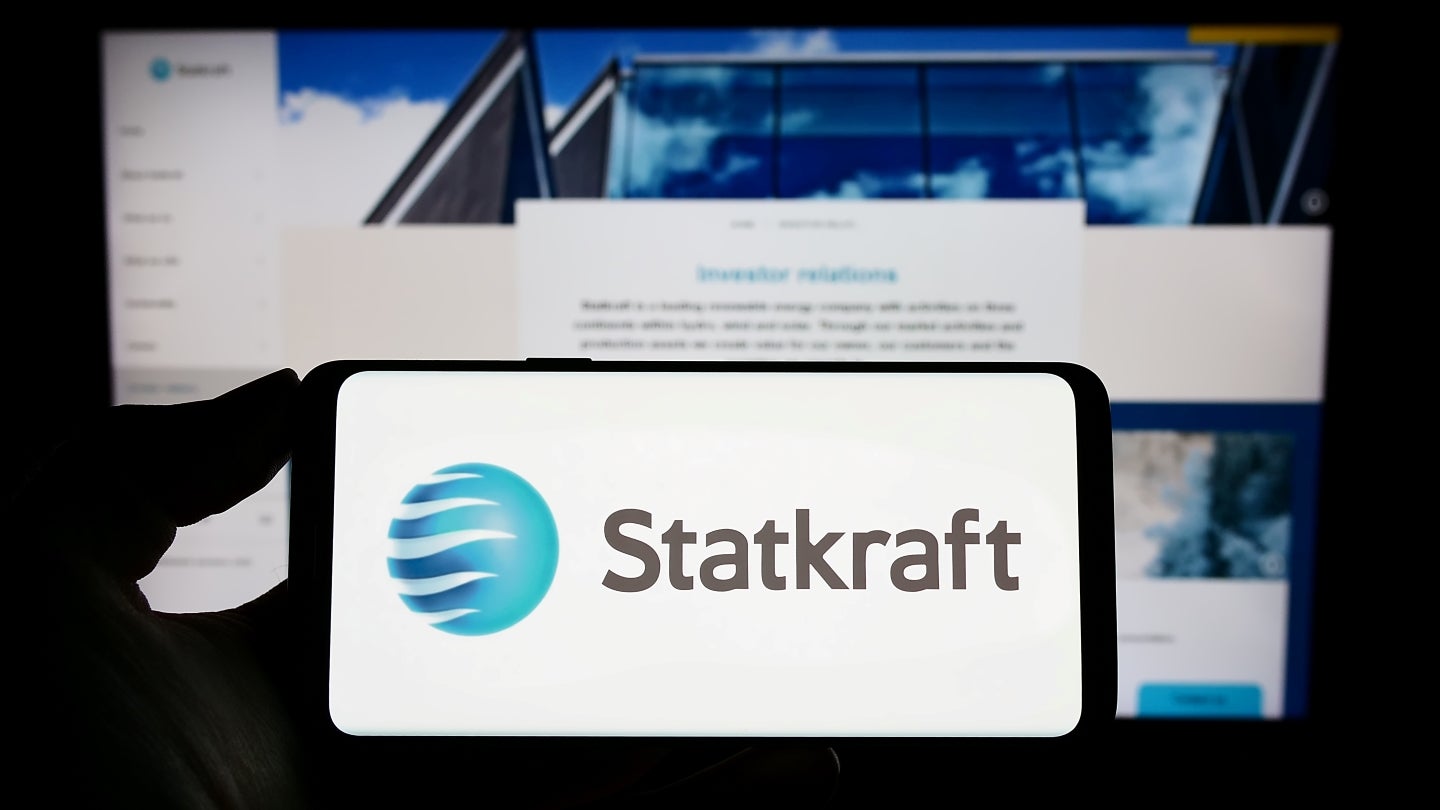
Norwegian power company Statkraft has reported a net profit of Nkr4.4bn ($395.6m) for the third quarter (Q3) of 2023, a 15.4% increase from Nkr3.8bn in the same period of 2022.
This quarterly growth was achieved despite a fall in the price of energy.
The average system price in the Nordic region from July to September 2023 was €27.6 per megawatt-hour (/MWh), down from €176.4/MWh a year previously.
The average base price in the German market fell to €90.9 from €372.5/MWh.
This was due to increased hydropower generation as wet weather conditions filled up hydropower reservoirs, and normalised market conditions compared with a year previously.
Total power generation for this quarter was 13.1 terawatt-hours (TWh), including 11.6TWh of hydropower, up 7.3% from a total production of 12.2TWh in 2022.

US Tariffs are shifting - will you react or anticipate?
Don’t let policy changes catch you off guard. Stay proactive with real-time data and expert analysis.
By GlobalDataStatkraft CEO Christian Rynning-Tønnesen stated: “The market conditions have changed significantly compared to the extreme prices in the third quarter last year, fuelled by the energy crises and the war in Ukraine.
“However, Statkraft delivered stable operations, value-creating energy management and profitable market activities, all contributing to maintaining solid results despite much lower prices.”
Driven by significantly lower power prices, the Norwegian state-run utility’s underlying net operating revenues slumped 19.6% to Nkr10.6bn in Q3 2023 from Nkr13.2bn in the previous year.
The company’s underlying earnings before interest, taxes, depreciation and amortisation (EBITDA) for Q3 2023 was Nkr6.2bn, a 38.4% decrease from Nkr10bn in the same quarter of the previous year.
Its underlying earnings before interest and taxes (EBIT) slid 45% to Nkr4.8bn from Nkr8.9bn.
Operating expenses shot up by 35% to Nkr5.7bn from Nkr4.2bn. This was largely driven by an increase in IT expenses and a rise in salaries and payroll costs due to a larger number of full-time equivalents.
The company forecasts an annual delivery rate of 2.5–3GW by 2025 and 4GW by 2030.
It stated: “In total, Statkraft aims to develop 30GW new renewable capacity within 2030, which will be partly kept and partly divested. That could increase Statkraft’s annual power generation by up to 50 percent from today, to around 100TWh per year by the end of the decade.”


